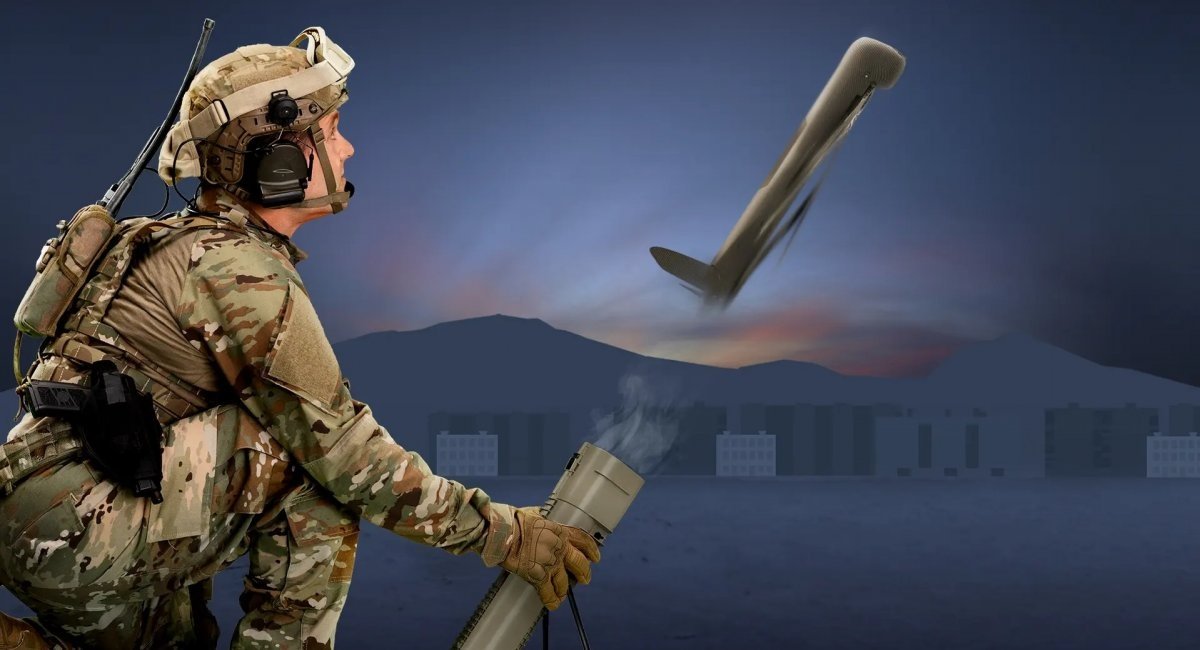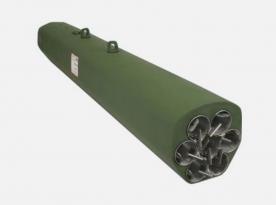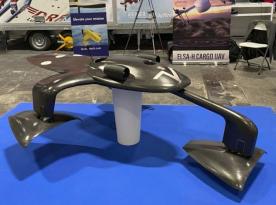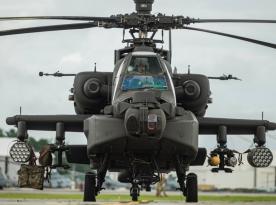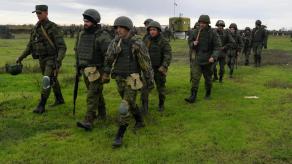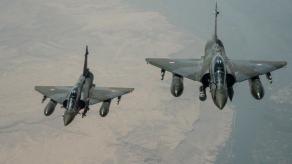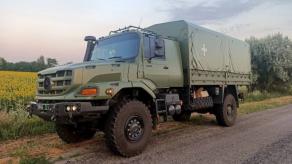Ukrainian Defence Forces have been using Switchblade 300 loitering munitions on the battlefield for over a year now, and despite a number of prejudices about this weapon, they effectively destroy important targets of the russian invasion army.
This is the second article in which we analyze the role of the Switchblade 300 in the Ukrainian war based on the interview by NIP Tysk with one of the Ukrainian operators of this loitering munition with real combat experience. Last time we covered, what is the most effective way to use Switchblade. This time around, we'll find out whether it can be replaced with any first-person-view suicide drones that are also widely used in Ukraine.
Read more: Switchblade 300 in the Ukrainian Warfare: Why This Weapon is Not Against Entrenched Infantry But for Other Important Targets

First of all, we should remind you that Switchblade 300 is a rather pricey weapon. It is used by Ukrainian intelligence, counterintelligence and special forces against specific kinds of targets, mostly unprotected stationary objects like surveillance or EW systems. Deploying this drone for an attack against infantry or fast-moving vehicles would be not efficient.
On the other hand, an FPV drone equipped with a primitive explosive is that very tool that can dive onto an entrenched enemy, chase down a vehicle, or a "kamikaze tank." Accordingly, there is a significant difference: a Switchblade is a weapon intended for specific tasks while an FPV drone is a versatile device, although its purpose may depend on the particular type and specifications.
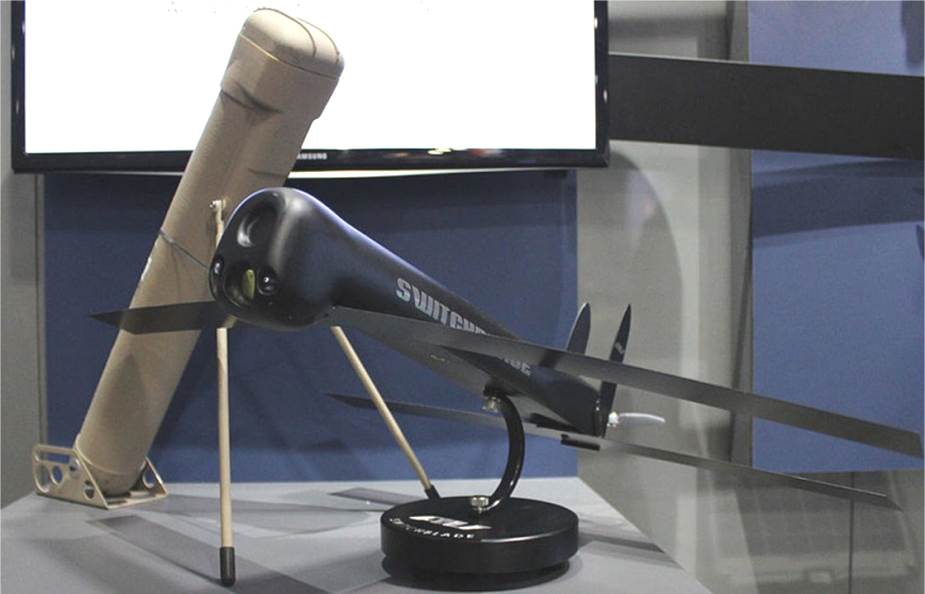
Reasonably, a question is, why cannot a much cheaper FPV drone perform the same tasks as the loitering munition? The Switchblade operator explains that his weapon is an "already made product that behaves in a more or less predictable way," whereas "FPV drones [application] is always a story with multiple unknown factors."
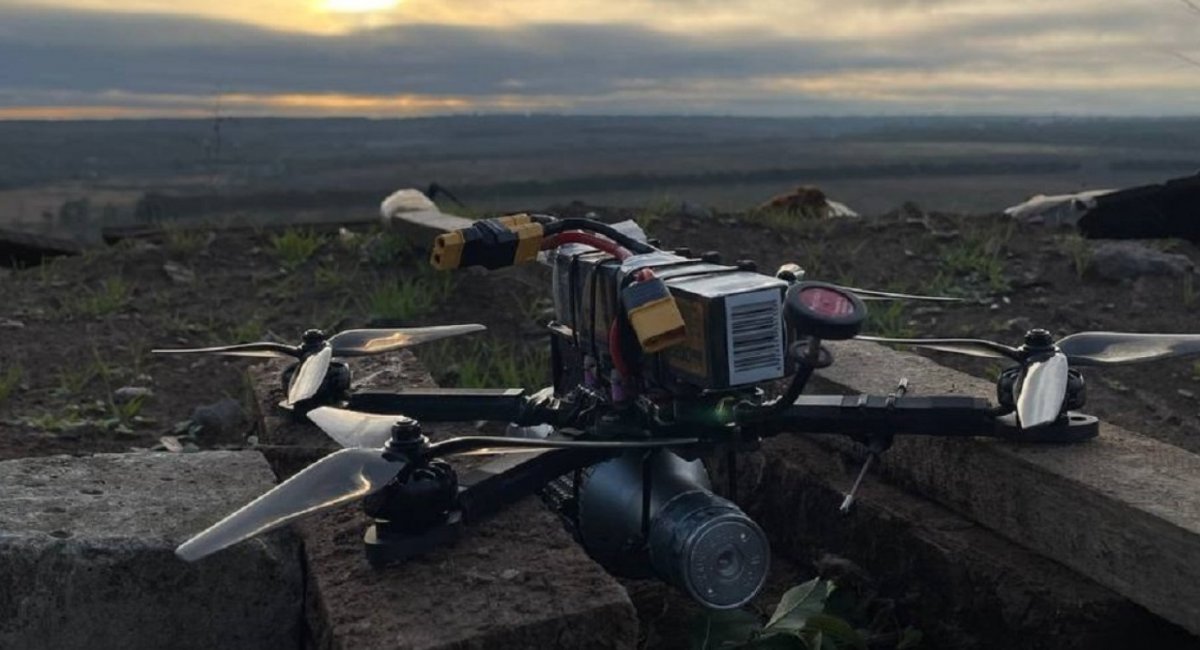
Operating a Switchblade is relatively easy, actually, he states, adding that a two-week course of training required for the pilots could be halved. But operating an FPV drone is a different thing: it is harder to control, and the course takes two or three weeks. Statistically, only 60-70% of students complete this course. For comparison, a standard quadcopter training program's successful completion rate is 90-95%.
"There are many things the drone [Switchblade] can do on its own: it ascends on its own, calculates the approximate approach trajectory, tries to slightly adjust the flight obstructed by the wind and on approach it starts to descend and gain speed on own accord – you only have to point the target," the operator says about the Switchblade 300.
In addition, if a Switchblade doesn't hit the target on the first try, it makes a circle and tries again automatically, the operator can control the process thanks to the camera on the side. There could be two, three or more attempts until either the target is finally hit or the drone's battery runs out.
An FPV drone, in contrast, has no such function, it has no zoom or stabilization. Everything is done by the hands of the operator, it requires an appropriate level of qualification to hit the target on the first try.
"There are not many other weapons," the operator notes about the Switchblade, "that can masterfully fly through a window at our disposal, and here it's important to underline: not just fly through a window but fly into the window [enter the building - ed. by Defense Express] with a success rate of 70-80%. There are types of targets that are located by means of intelligence gathering. Their location is very temporary, situational, so one must hit them on the first try.
If such a target is not hit, it will relocate and you won't find it anymore. Switchblade's maximum value and effectiveness manifests in this particular type of situations, that's why they try to use them this way."
Read more: Ukrainian FPV-Drone Hits a Very Rare russian Murom-P Surveillance system (Video)




